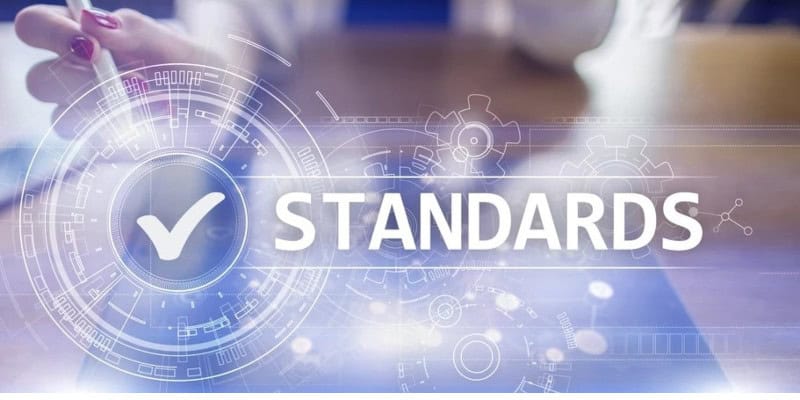CoreFiling have been helping standards setters write taxonomies for more than a decade. Taxonomies are increasingly important as part of digital standards and are increasingly seen as a core part of the standard itself. We recently completed a project with a standards setter that shares this view and, as lead consultant on the project, I wanted to share this case study to give insights as to what it means to create a truly digital standard.
Business challenge
The national authority responsible for setting accounting standards requires an update to their capability to produce annual versions of their digital data standard as an XBRL taxonomy. Updating the digital standard requires 10+ taxonomy editors backed by a larger group of accounting experts. Following a technology review, neighbouring systems are being modernised, which provides an opportunity for a simpler and more streamlined authoring and publication process.
They would like to simplify and modernise the quality assurance and publication processes, whist retaining the CoreFiling software used to edit the taxonomy. Notably, the existing solution makes use of a number of XSLT scripts which need to be moved to a technology that does not require such specialist skills.
The project must not interfere with or put at risk the ongoing work or quality of output from the department, as thousands of knowledgeable people and organisations analyse and rely on the annual updates of the digital standard.
Transformation
CoreFiling carried out a 12-month upgrade and migration project to implement the True North taxonomy management system. Work was aligned to the taxonomy process as follows:
- Infrastructure
- Provision a hosted True North data platform for automation of taxonomy tasks
- Integrate the taxonomy editing software with the TNDP automation
- Taxonomy authoring
- Migration of taxonomy to new solution
- Optimisation of bulk changes using a new import/export process
- Quality assurance
- Provide new taxonomy quality dashboard
- Migrate and improve existing XSLT-based quality rules into Python
- Implement software development best practices for the authoring of quality rules
- Publish results as JSON with Excel rendering, fed into downstream visualisation solution (Power BI)
- Publishing
- Migrate and improve the automated publishing process
The project was run to minimise the risk to ongoing taxonomy authoring during migration, this included:
- An open and agile approach to allow the customer team to track the work and provide continuous feedback
- Extended UAT and parallel run period
- Phased delivery, with first production release after 6 months
Results
- Delivery of an integrated taxonomy development, quality and publication solution
- Removal of process and maintenance around the bundle of legacy XSLT scripts
- New dashboard with 120+ taxonomy quality rules
- Testing framework and more common language used for taxonomy quality rules
- Bulk changes down from a few weeks of technical work to one day by a business user
- Taxonomy quality rule exports to drive visual dashboards
- No downtime in production, 100% continuity in production during the project.
Business challenge story
To ensure a digital standards setter continued to efficiently produce high quality annual updates to their standard, they carried out an internal review of their solution. This review concluded:
- The skills of the team were changing and existing scripts must be migrated to a generic, well known language;
- the growing set of quality rules must be developed and maintained using software engineering best practice; and
- a more optimised approach to the work was possible using modern API-based integration between systems.
While change was required, there could be no interruption to the work of the department and the annual releases of their standard.
As a long-time customer, the digital standards setter collaborated with CoreFiling to define and estimate a solution using the taxonomy management facilities in the True North data platform. A twelve-month staged project was initiated to migrate the code and workflows to the new system. Risks were minimised by running an open project and an extended parallel run period. This meant the customer’s project team could follow along with the progress and provide immediate, detailed feedback. This approach also allowed improvements to be put in place as more granular details were analysed.
Full cutover to the new production system was completed on time and on budget. The customer is now moving forward with a modern, integrated taxonomy management environment in which to author their digital standard.
If you are looking for assistance with taxonomy development, please contact us.

